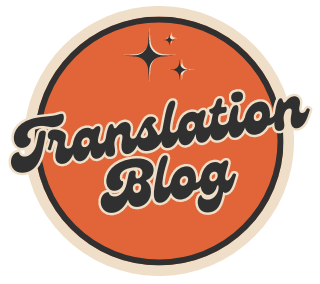In an increasingly globalized world, the ability to communicate across cultures is more than just a professional skill — it’s a life-saving asset. Whether you’re interpreting in a hospital room, translating critical safety information, or helping a newcomer navigate their first emergency call, the intersection between language and health is powerful. For example, professionals who complete courses like CPR Training Guelph often gain more than just medical skills — they also learn how to communicate clearly in high-stress situations, which is invaluable when language barriers are involved.
The Language of Emergency
Emergencies are chaotic by nature. In those critical moments, clarity can mean the difference between life and death. But what happens when the person in distress doesn’t speak the local language? That’s where translators, interpreters, and multilingual professionals become unsung heroes. From emergency dispatch calls to in-person crisis situations, being able to convey symptoms, instructions, or comfort in a familiar language can have a profound impact. And for language professionals, understanding emergency terminology — even in a basic sense — is a key part of serving communities effectively.

Translators in Medical and Public Health Fields
Medical translation is one of the most demanding fields within the industry. It requires not only linguistic expertise but also an understanding of medical terminology, sensitivity to cultural nuances, and often, a calm demeanor under pressure. Translators are responsible for converting everything from patient intake forms and medical histories to medication instructions and discharge notes. A mistranslation here isn’t just inconvenient — it could be fatal.
For this reason, many translation professionals are seeking out complementary training in emergency preparedness or first aid. While they might not need to perform CPR themselves, knowing what’s happening and how to talk about it accurately — especially in real time — makes them better equipped to work alongside health professionals.
Cross-Cultural Communication in Crisis
Culture plays a huge role in how people respond to emergencies. In some cultures, people may avoid eye contact with authority figures, hesitate to speak up, or have different understandings of what constitutes a medical emergency. Language professionals who understand these subtleties can help bridge the gap between patients and providers. They act as cultural brokers, not just linguistic ones.
Imagine a translator helping an elderly refugee explain chest pain during a medical emergency. The vocabulary might be there, but if the interpreter isn’t sensitive to cultural expressions of pain or doesn’t understand the urgency, the message could be lost. That’s why so many experienced translators emphasize cultural fluency just as much as language fluency.
Training for Translators: Beyond Grammar and Syntax
While the foundation of any good translator is mastery of their working languages, today’s professionals are expanding their skill sets. Many are diving into continuing education that spans law, medicine, education, and yes — even emergency response. A translator working in community settings or public service roles may encounter a wide range of unpredictable situations. Taking a first aid course or attending CPR training isn’t about switching careers — it’s about being prepared to understand, support, and communicate when it matters most.
Programs like CPR Training Guelph don’t just teach chest compressions — they also include modules on staying calm, assessing risks, and working efficiently under stress. For translators, those are transferable skills that can improve both their personal and professional lives.
Language Access as a Human Right
Access to language services during emergencies isn’t a luxury — it’s a right. That’s why more governments and healthcare systems are making interpreter services mandatory in hospitals, 911 centers, and community clinics. And while this is a positive step, the demand still outweighs the supply of qualified professionals who can handle high-stakes situations.
This is where translators with interdisciplinary skills — from basic medical knowledge to situational awareness — shine. They don’t just fill in the linguistic gaps; they bring clarity, comfort, and often, calm to incredibly tense moments.
Final Thoughts: Preparedness is Multilingual
The world of translation is evolving. Today’s language professionals aren’t just working behind screens — they’re on the front lines of real-world interactions that shape lives. Whether it’s guiding someone through immigration paperwork or helping a doctor understand a patient in crisis, the ability to communicate across languages and cultures is a form of service, and in some cases, survival.
As our communities become more diverse and interconnected, the value of well-trained, cross-skilled language professionals continues to grow. So whether you’re refining your language pairs or picking up life-saving knowledge on the side, you’re part of a global network working to make the world more understandable — and a little safer — for everyone.

